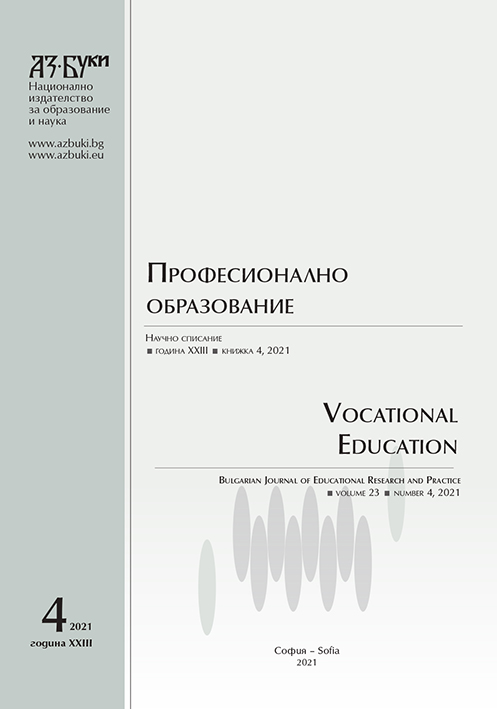Създаване на животоподдържаща система за астронавти на мисия до Марс
Creating a Life-Support System for Astronauts on a Mission to Mars
Author(s): Hristina KostadinovaSubject(s): Social Sciences, Education, School education, Vocational Education, Adult Education, State/Government and Education, Inclusive Education / Inclusion, Distance learning / e-learning, Pedagogy
Published by: Национално издателство за образование и наука „Аз-буки“
Keywords: STEM; spirulina; radish; space mission
Summary/Abstract: The more space science develops, the clearer it is that future generations of our civilization will control, inhabit and travel in space around the Earth. It is hard to imagine that astronauts’ long missions in future will be realized in an only technological environment. Building a life-sustaining system for astronauts on a mission to Mars is our main goal. For the development of an effective life-sustaining unit for use on long space and crewed flights, we need fresh food. The plants, we selected, are radishes (Raphanus sativus) and spirulina (Arthrospira platensis) but it is also necessary to work on the supply of proteins and fats. By calculating the specific nutritional needs of astronauts, we can keep them healthy on long duration space explorations. Water recycling is absolutely necessary. It reduces the load on board the spacecraft. The effect of the physical activity on the oxygen consumption has to be taken into account on spacecraft. For the successful growth of radishes and spirulina, the photosynthetic active radiation supply has to be at least 2μmol/m2/s. In the 2 μmol/m2/s treatment. The most effective influence on both mass and length of cotyledons of radishes, exerted the green and the yellow light. On the other hand, the accumulation of the photosynthetic pigments (chlorophyll A and chlorophyll B) was influenced by the blue and green spectrum of light. The most favourable influence on the accumulation of carotenoids exerted the green and the yellow light.We weighed the mass of spirulina in photosynthetic active radiation 2 μmol/m2/s. According to collected data, the green and the red light were the most favourable for the accumulation of biomass of spirulina. We analysed the concentration of chlorophyll A and chlorophyll B in the biomass. Under the influence of yellow and red lights, chlorophyll A and B were accumulated in a huge amount. The most favourable influence on the accumulation of carotenoids exerted the green and the yellow light.
Journal: Професионално образование
- Issue Year: 23/2021
- Issue No: 4
- Page Range: 344-358
- Page Count: 15
- Language: Bulgarian
- Content File-PDF

